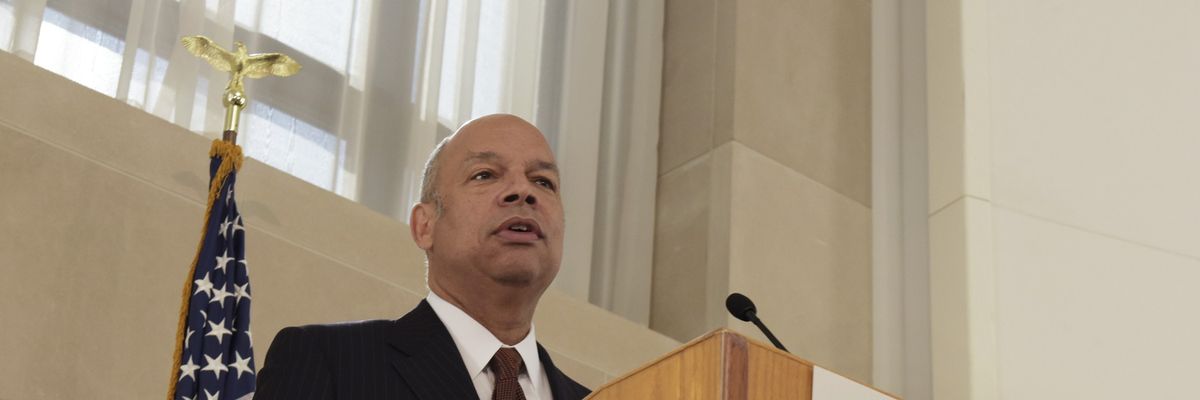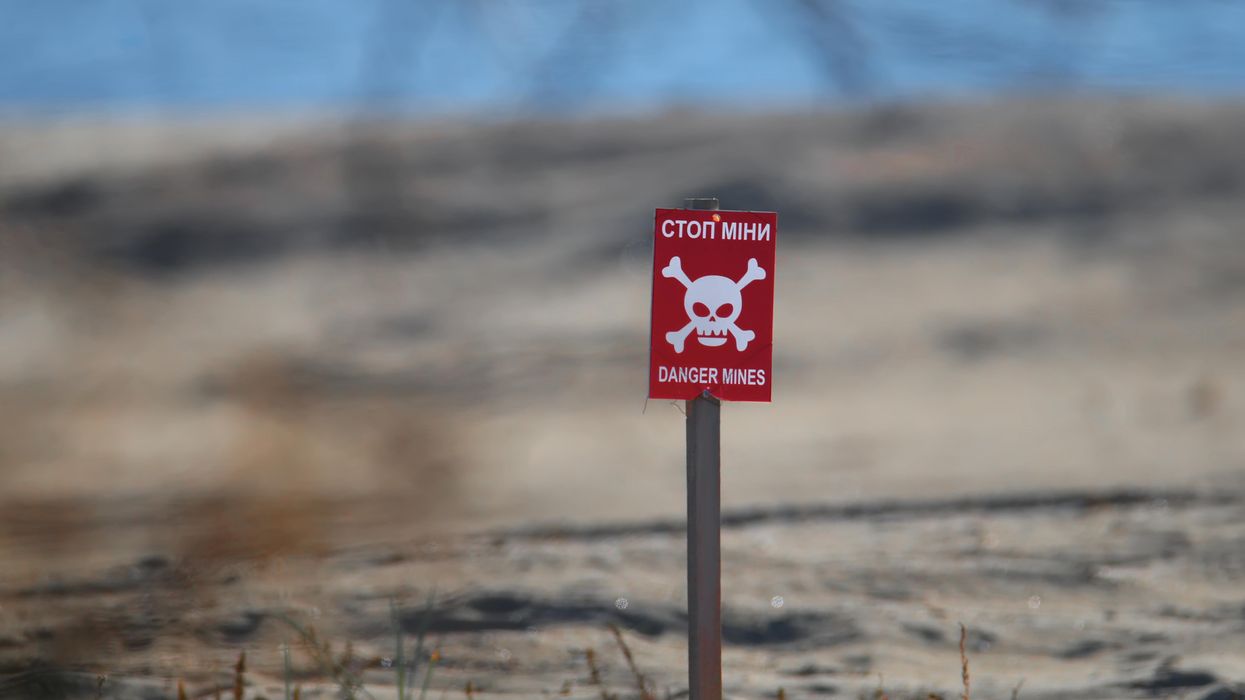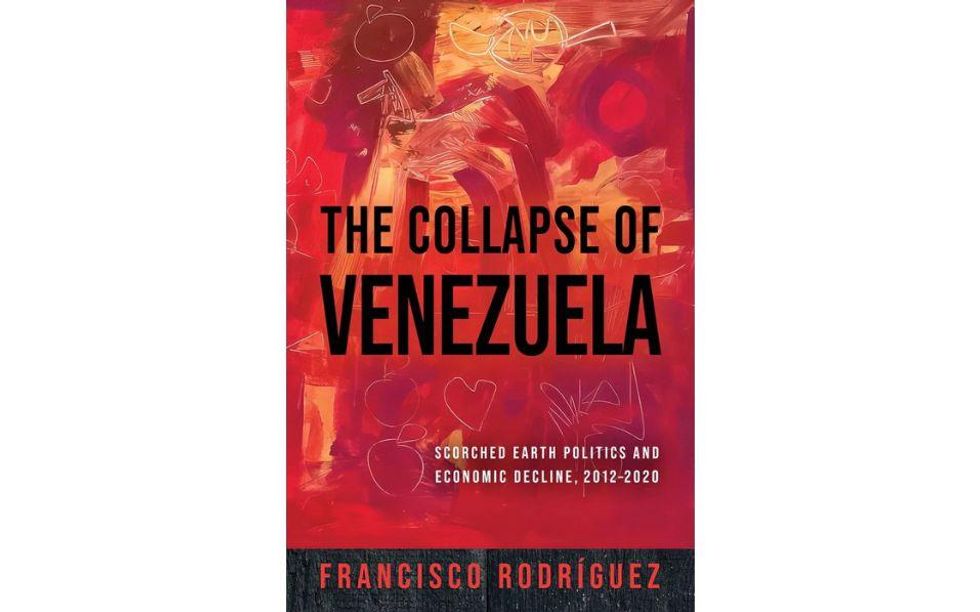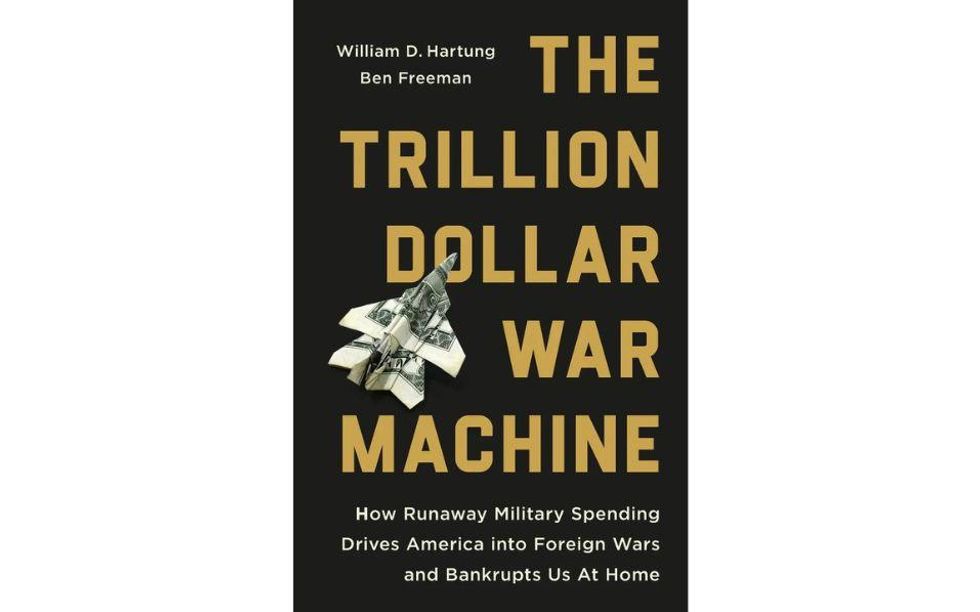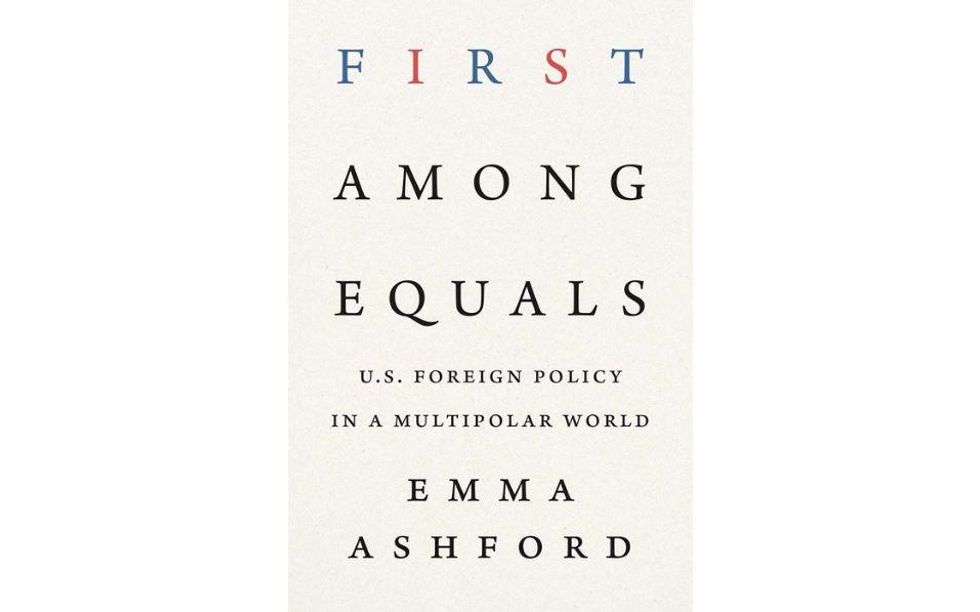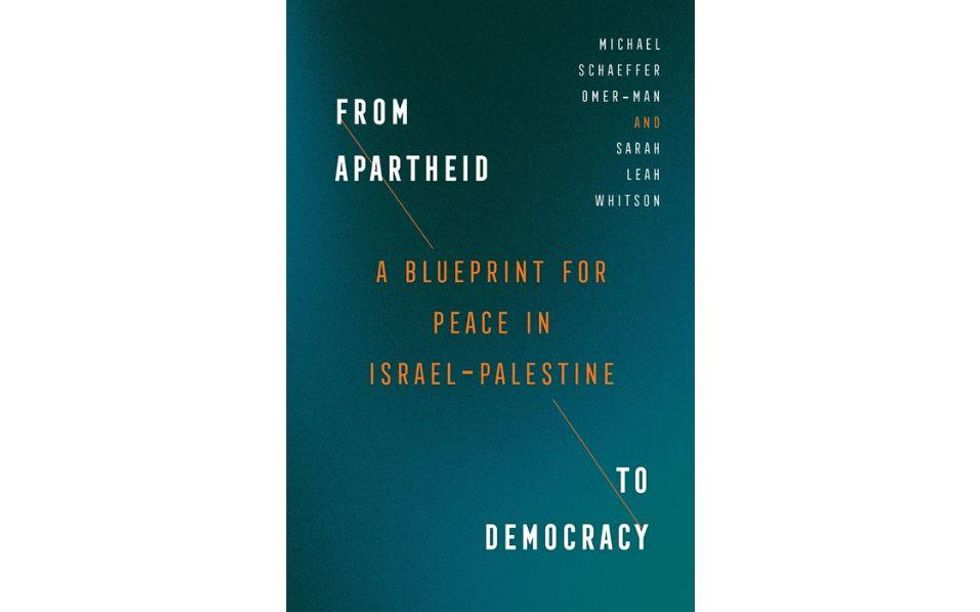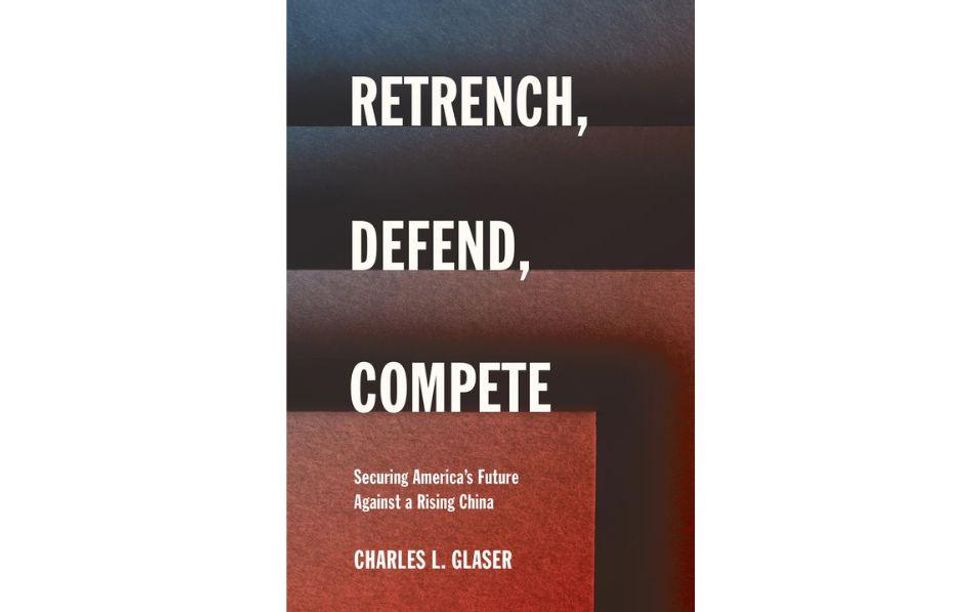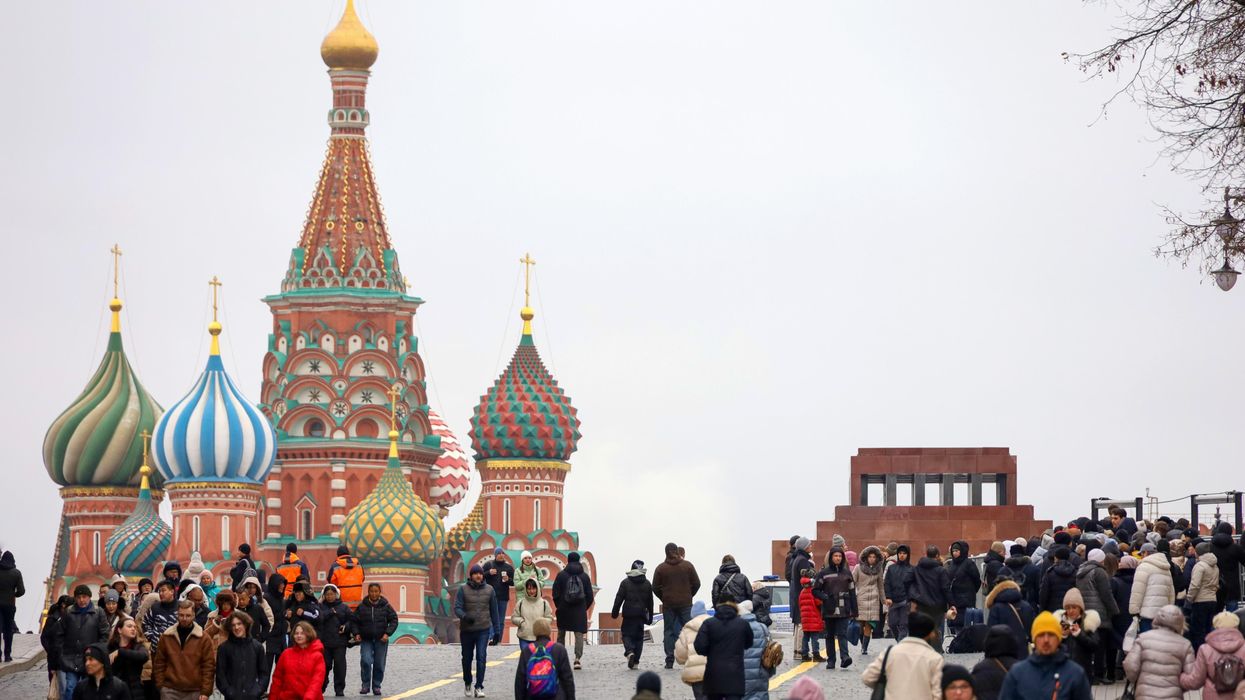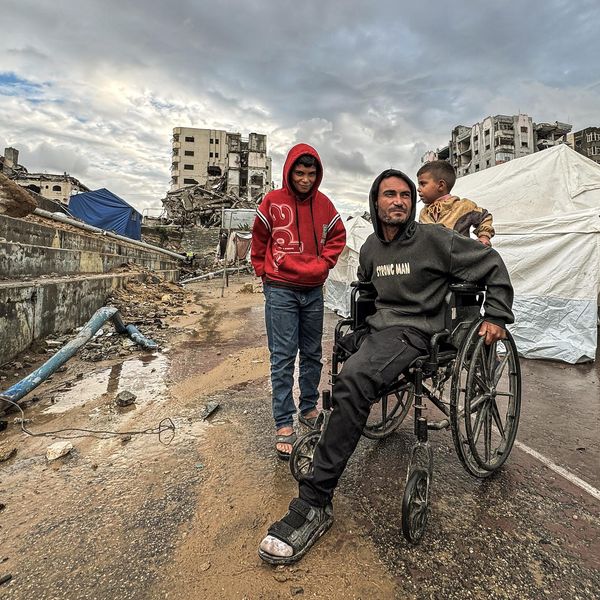President Biden has an opportunity to further distance U.S. foreign policy from the so-called “Global War on Terror.” His national security decisions thus far — his team and also elevating climate and USAID to the National Security Council — signal a departure from the post-9/11 consensus that transnational terrorism is the greatest security threat to the United States.
To continue this shift, the Biden Administration needs to consciously remove “countering violent extremism” programs from the diplomatic and development work of the State Department and USAID.
CVE is often thought of as an alternative to, or softer side of, the “war on terror.” That is simply untrue, no matter who may protest. The United States Institute of Peace released report in 2017 written by a Lieutenant Colonel in the U.S. Marine Corps calling for greater cooperation between U.S. military and civilian actors in stability operations, identifying a clear role for the military in U.S. CVE.
A 2015 Defense Science Board report frames CVE as a subset of counterterrorism, or CT, while noting, “The line between CT and CVE is blurred both in theory and in practice.” This blurring is apparent even in the programs overseen by State, such as the Partnership for Regional East Africa Counterterrorism, which disburses funds for CVE and rewards initiatives that engage foreign government and security actors. As CVE rose to prominence in 2010, The Atlantic’s Marc Ambinder noted, “little difference in practice.” Five years of personal experience engaging U.S.-funded CVE programs in East Africa has convinced me little has changed since then.
CVE first entered the mainstream of U.S. policy in 2010 in remarks by Director of National Intelligence Dennis Blair. CVE’s first appearance at the U.N. appears to be a Security Council resolution in September of 2014, in specific reference to returning foreign terrorist fighters, or FTFs, from the Islamic State.
Even so, CVE is built upon the flawed counterterror response to 9/11, and resolves none of the primary issues created by the label, “Global War on Terror.” The immense population of men and women targeted by U.S.-funded CVE programs understand that, in the eyes of U.S. foreign policy, they are security threats. In its short life, CVE has rapidly expanded to the point that it now features in almost every aspect of U.S. foreign policy, especially with regard to Muslim populations.
The pervasiveness of U.S.-funded and supported CVE is built upon a flawed framework that not only undermines efficacy, but also advances violent extremist organizations and ideology. Two of the dominant flaws are misunderstanding the role of religion in conflict and partnering with problematic government and security actors.
Current U.S. approaches to countering violent extremism profoundly misunderstand the role religion plays in recruitment and ideology. For example, the aforementioned PREACT includes the promotion of pluralism as well as the identification and promotion of moderate religious messaging as indicators for CVE programs.
The promotion of pluralism is not only considered hypocritical by many outside the United States, it also has no basis in fact. The U.N. Development Program’s “Journey to Extremism in Africa” interviewed nearly 500 young people who had voluntarily joined violent extremist organizations, as well as a reference group — both groups had similar response levels on whether people belonging to different religions should be treated equally, indicating that pluralistic worldview does not correlate to violent extremist affinity.
Religion also was not a motivating factor to voluntarily join a VEO for a majority of interviewees. In fact, the same study showed the reference group to have, on average, 1.5 years more of religious education than those who voluntarily joined a violent extremist organization, further undermining the argument for a straightforward causal relationship between religion and violent extremism.
At a more fundamental level, a focus on religious elements of conflict feeds globalized narratives that render conflicts more difficult to address. The story of the U.S. at war with Islam is a key recruiting tool for VEOs — even though the Biden administration is not expected to promote this framework, arbitrary religious considerations permeate the indicators for PREACT and other U.S.-funded CVE programs.
Placing an emphasis on religion and implicitly claiming the ability to distinguish between “good” and “bad” Islam cements religion as a key element of disparate conflicts, uniting largely disconnected groups into transnational affiliations. Uppsala University professor Isak Svensson has empirically demonstrated that elevating the religious elements of violent conflict renders conflicts more difficult to address and that violent conflicts must, in fact, be “desacralized” (i.e. the religious aspects de-emphasized) before violence can be reduced and durable peace can be achieved. To demonstrate that the United States is not anti-Muslim, and to reorient its efforts toward more effective and efficient programming, CVE, and its implicit war on Islam, must be removed from U.S. foreign policy.
The second fundamental flaw of U.S.-supported CVE is the emphasis placed upon programs that cooperate with government and security actors. Such cooperation is yet another significant indicator used to award and evaluate U.S.-funded CVE programs, including PREACT.
The Task Force on Extremism in Fragile States identifies a breakdown “in the compact between society and state” as a primary indicator of vulnerability to violent extremism. The absence of governance is a challenge, but often it is abuse by government and security actors that drives grievance and gives breath to VEOs in fragile contexts. “Journey to Extremism in Africa” found among those who voluntarily joined violent extremist organizations, 71 percent identified “government action,” including the killing or arbitrary detention of family members and friends, as the tipping point for their recruitment.
Security Sector Cooperation and Assistance, respectively through the Departments of Defense and State, elevate the capacities of actors responsible for these abuses, but even U.S.-funded CVE programs emphasize cooperation with government and security actors in fragile states. I observed PREACT funds reward civil society engagement with government and security actors, even as the young men targeted by the CVE program identified those same government and security actors as their primary source of grievance.
The result was not confidence building between conflict parties, but instead the young men witnessing U.S. support for corrupt actors. The United States is held responsible for partnering with and equipping government and security actors, advancing globalized conflict narratives of the West (and its local allies) against Muslim populations.
U.S.-supported CVE, as currently framed, advances globalized narratives of religious conflict and favors partnerships with the very government and security actors whose abuses that feed violent extremism. This framework is not only ineffective, it also contributes to the expansion of violent extremism. Boko Haram and al Shabaab have grown in spite of CVE; ISIS formed, established a geographic caliphate, and has transformed to a decentralized network in tandem with CVE’s rise to prominence. Al-Qaida remains active, formidable, and expansive. CVE is not demonstrating efficacy in any of these spaces. A report from the Center for Strategic and International Studies estimates the number of Salafi-Jihadist fighters worldwide has grown as much as 500 percent since 9/11. The religious and political framework of CVE is aggravating violent extremism rather than countering it.
Externally driven transnational terror threats to the United States and its citizens, interests, and allies remain. They should be met with robust, effective, and accountable law enforcement in cooperation with intelligence, with limited and targeted kinetic force under the control of the Department of Defense. Robust, effective, and accountable are three words that cannot credibly describe U.S. CVE programs.
Even as the Pentagon reorients away from a focus on transnational terrorism, CVE continues to permeate State and USAID programming, especially where Muslim populations are involved, co-opting U.S. diplomatic and development efforts into an intrinsically flawed framework.
If the Biden administration wants to close the books on America’s endless wars and to lessen the potential for future quagmires in the Middle East, it must remove CVE from U.S. diplomacy and development, expelling it and all its accordant baggage. The resources currently allocated to CVE can be repurposed to bolster diplomacy, development, and support for democratic institutions. Such a shift is in the interests of the United States, and will make the world safer.

